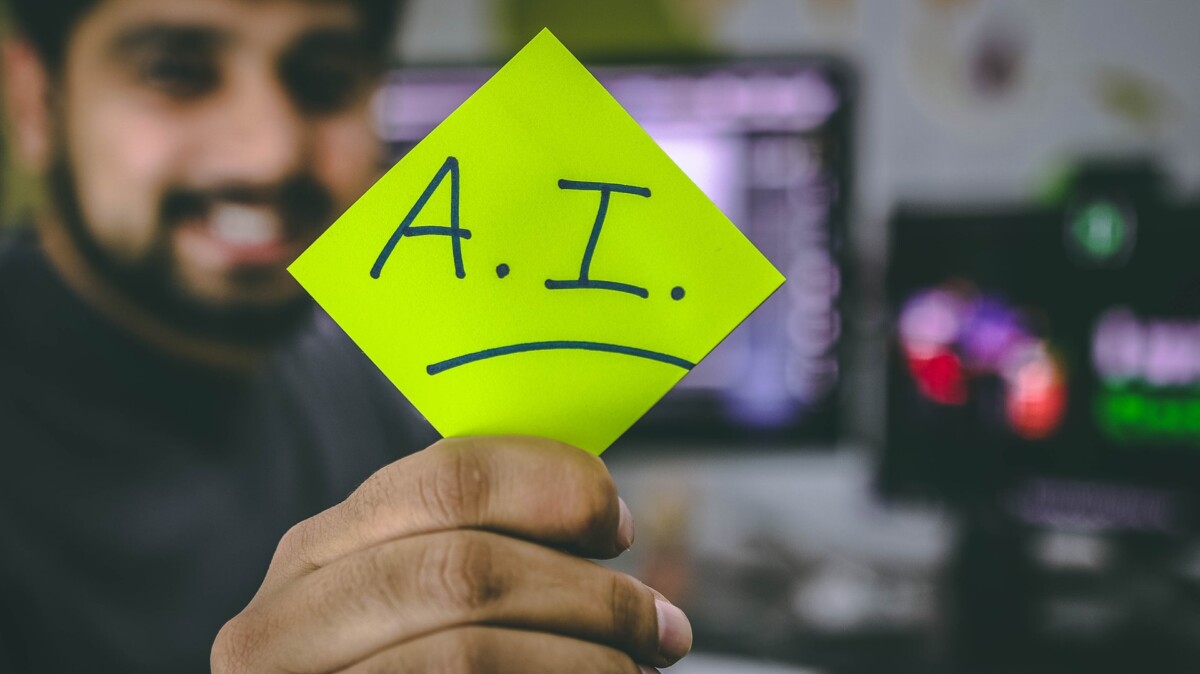
What is machine learning and how does it affect me?
Machine learning is used to create artificial intelligence (AI) in that it allows computers to learn without being explicitly programmed. It has become more and more common over the past few years, and you likely interact with some form of machine learning every day. When you finish a movie on Netflix and a suggested show comes up, when you start typing into Google and it finishes your sentence for you, and targeted online advertising are all examples of machine learning at work.
How is machine learning used in EHSQ?
The beginnings of machine learning models are already being used, especially within the statistical rigor of Industrial Hygiene. Industrial hygienists use predictive models like Bayesian Decision Analysis in EHSQ software, but it’s not yet at the level that uses machine learning. What we have is quantitative, but it’s not necessarily predictive analytics in its fullest form, where machine learning is being truly utilized.
How will machine learning be used in EHSQ in 5 years?
There will be more predictive modeling throughout all EHSQ practices, which is happening across every industry, but especially in EHSQ where the goal is reducing risk, helping the environment, and saving lives. The value that machine learning in EHSQ provides is not questionable. The way in which it will manifest would be to assist in the decision-making process of EHSQ professionals. For example, a safety manager will be able to make decisions surrounding practices that are putting certain groups at a higher risk, and make more informed decisions about how to alter these practices to reduce said risk. They will be able to isolate variables to see which one will result in reduced risk for a group of employees. This is what we call augmented decision making, and with it we will see a large reduction in incidents, injuries, and deaths on the job.
Will machine learning put EHSQ jobs at risk?
In short, no. It will make each team member more effective. An EHSQ supervisor today may be spending time doing manual tasks – in the future they’ll spend less time on the manual or administrative and more time on observing workers and refining policies. This could be built into the analysis – instead of crunching numbers, you’ll be interpreting the results of the model. All the data coming from IoT, such as wearables, will be providing too much data for a person to process. With machine-augmented decision making, an EHSQ supervisor can “see” and “hear” much more than before. This won’t result in smaller EHSQ teams, but rather more effective EHSQ teams that can do more and miss less. It will be a game changer.
To keep in the loop on the latest regulatory compliance changes, industry trends, thought leadership and more, check out The Cority Blog.









